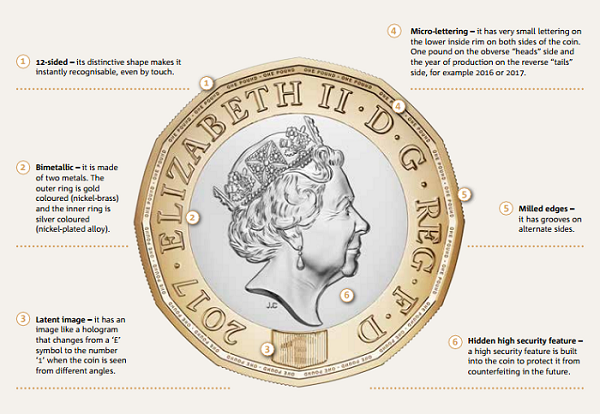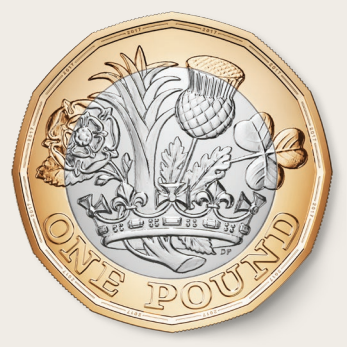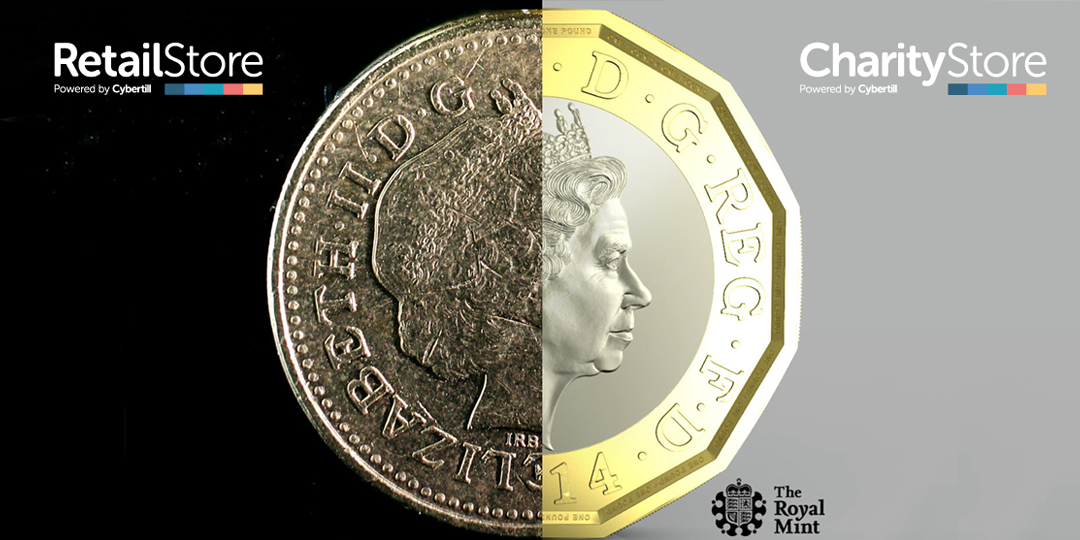The Royal Mint has announced the introduction of the new £1 coin to be rolled out in March 2017 and fully integrated by Autumn 2017.

The old coin is to be replaced for the first time in 30 years due to the growing sophistication of counterfeiters. Currently, approximately one in thirty £1 coins in circulation is a counterfeit. One and a half billion new coins will be printed with the new version being 12-sided and bimetallic, it will have micro lettering, a latent image, milled edges and a ‘hidden high security feature’.
These features aim to present a substantial barrier to counterfeiters and so, as reported by David Gauke the chief secretary to the Treasury, the coin will reduce the costs incurred by businesses and taxpayers.
There are three crucial periods, highlighted by The Royal Mint, retailers are recommended to be aware of in the coming year.
October 2016 – March 2017: preparation for the new coin
- You must check whether your equipment handles the new £1 coin (you may need to contact your supplier, and if not, changes must be made to your equipment so it is able to do so.
- You must ensure their staff are trained on the features of the new £1 coin.
- You must consider any changes to the cash handling process, for example, counting, storing and banking.

March 2017 – September 2017: co-circulation period
- You can accept both coins from customers and advise them which coin your equipment accepts.
- Your equipment must accept both coins from customers.
- You must make arrangements with your bank or CIT provider to send current £1 back in separate packaging.
Autumn 2017: demonetisation
- All coin handling equipment should accept the new £1 coin.
- You are under no obligation to accept the old £1 coin and you are not permitted to distribute it.
To read more click here

Rachel is passionate about retail and the ever-changing retail technology environment, with a keen eye for upcoming retail trends that are set to shake up the sector.

